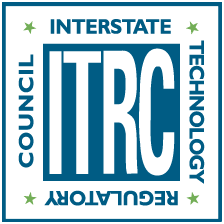Survey Purpose:
ITRC’s Managed Aquifer Recharge Team is developing guidance and training on the range of innovative aquifer recharge options. The guidance will define the appropriate geologic settings and tools needed for characterization and design. We will use the results of this survey to identify and guide the development of the Team products, including the technical and regulatory guidance document.
Project Introduction:
Managed Aquifer Recharge (MAR) is a form of aquifer management that focuses on groundwater availability and quality. MAR includes Aquifer Recharge used to replenish aquifers and Aquifer Storage and Recovery to store water for beneficial purposes in the future. Augmenting groundwater storage through MAR represents a cost-effective way to:
- Increase the availability of groundwater for potable, non-potable, irrigation, or fishery uses.
- Improve groundwater sustainability by acting as a barrier to saltwater intrusion or aquifer subsidence.
- Improve water quality through aquifer filtration.
- Address groundwater dependent eco-systems (wetlands).
- Provide enhanced baseflow for downstream users and minimal instream flows.
To help support the growing practice of MAR, ITRC is working to produce a technical guidance document and training that will evaluate:
- The potential uses of MAR,
- Innovative characterization approaches, and
- Modeling tools (GIS, groundwater modeling, water balance) that:
- Support development and placement of MAR infrastructure and
- Evaluate the factors for safe and successful implementation.
In this survey, the first set of questions (4 to 8) are not specific to MAR but are more general to aquifer management activities. The Team expects that most states have some aquifer management activities (such as UIC programs) and have a general understanding of aquifer management issues and input about states’ approaches would be important to focusing our products. Questions 10 to 15 are specific to MAR projects and may be skipped if the state does not have such projects.


